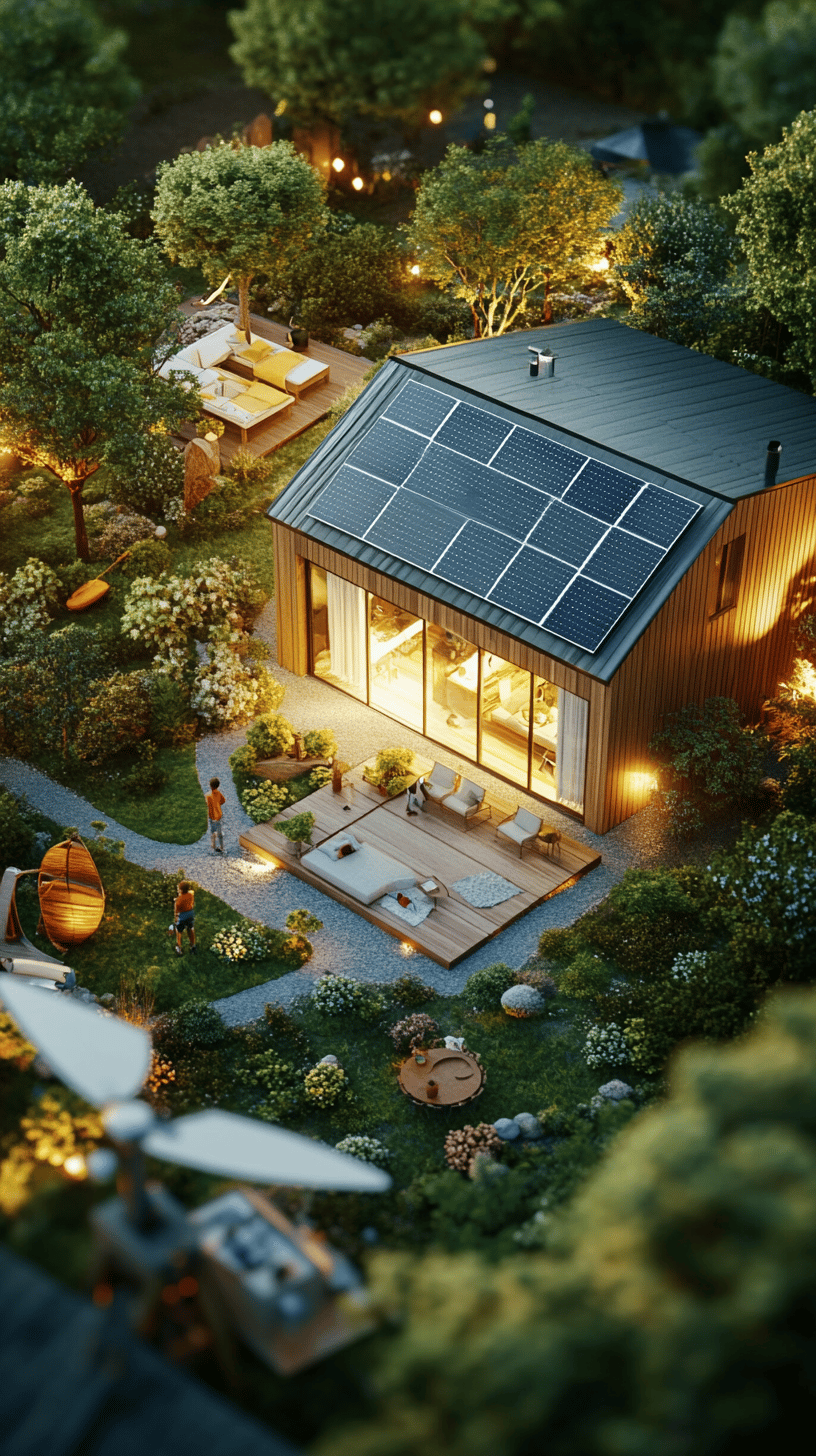Acquisition and installation costs
Initial costs may vary by technology type and system size. The installation of solar panels, wind turbines or hydroelectric power plants requires an investment, but it can pay off.
Possibilities of financial support
The US government offers various programs to support renewable energy sources, including tax credits and subsidies.
For example, the ITC (Investment Tax Credit) allows you to deduct a certain part of the cost of installing solar systems from your taxes.
Calculation of return on investment
With the correct calculation of consumption, system efficiency and subsidies, the return on investment can be quite fast.
For example, solar panels can pay for themselves in 5-10 years depending on the size of the system and climate conditions.
7. The future of renewable sources and their benefits for households












